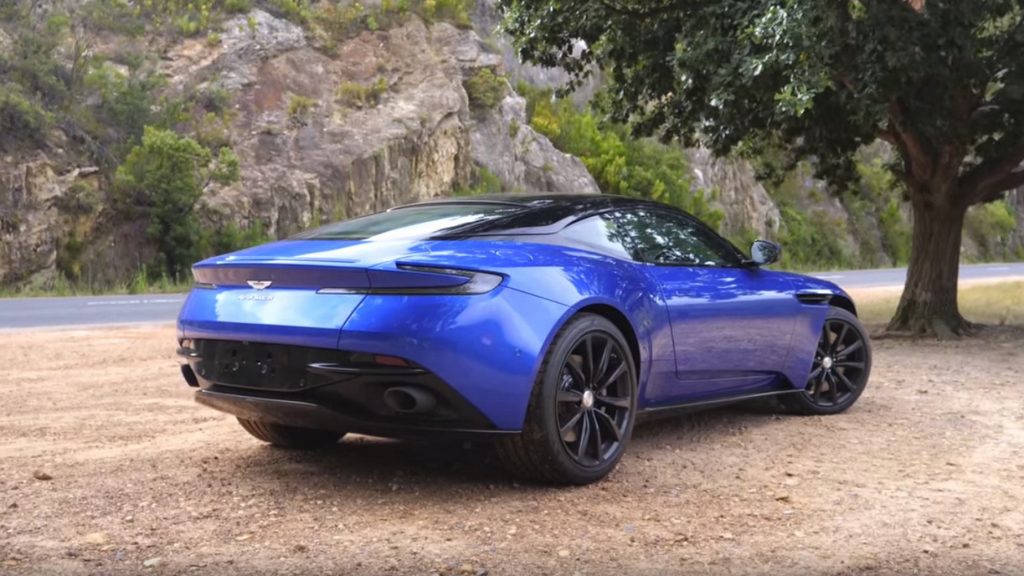The DB11’s debut at the Geneva Auto Show in 2016 couldn’t come any sooner, as the DB9, which it replaced, had been around for 12 years! Yes, its design might have aged gracefully, but there’s no denying that, with the competition becoming stiffer, Aston Martin just had to roll out a new car.
Instead of freshening up the DB9, the British brand went for a total new look that’s still immediately recognizable as an Aston. Plus, rumors that the V12, which was one of the DB9’s highlights, would be ditched in favor of something smaller – after all, everyone is downsizing these days, even Ferrari – were proved wrong.
Or were they? The naturally aspirated 6.0-liter engine was indeed ditched for a twin-turbo 5.2-liter, but it was still a V12 and it pushed out 600HP (608 PS) for a 0-60 mph (0-96 km/h) sprint in just 3.9 seconds.
It wasn’t power the DB9 lacked, though, but modern features that you can find in much cheaper cars nowadays. Remember, this car was created when Aston Martin was still a part of Ford’s Premier Automotive Group, so it was inevitable that some parts would come from other brands under the Blue Oval’s umbrella at that time, such as Volvo. And we’re talking old Volvo, not the new, modern, Geely-owned Volvo.
When it was set free from Ford in 2007, it tried to make the best of the VH platform, but development funds were an issue. Signing a deal with Daimler in 2013, which stipulated that the latter would supplied it with its engines and tech know-how in exchange for a 5 percent stake, was really genius, as Mercedes really has lots of tech to go around and its AMG division is as hardcore as they get.
Thus, the DB11 is now up to speed with all the latest tech one expects from such an expensive car. Last year Aston Martin introduced an entry-level, V8-powered version of the DB11 coupe, which might sound confusing since it launched an all-new V8 Vantage as well!
Aston’s people will freely admit that this is the same twin-turbo 4.0-liter V8 that’s also powering Merc’s own AMG GT, among other products, albeit a little bit tuned to their taste. To keep it at a distance from the V12, power was capped at 503HP (510PS), although at 4.0 seconds, it’s only one tenth of a second slower to 60 and its top speed still exceeds the 300 km/h mark, even if it’s down by 21 km/h compared to the V12. It uses the same ZF eight-speed auto gearbox, though, and is more than 100 kg lighter than the V12, which explains why it’s so close to its big brother.
Strangely, in its home market, the DB11 V8 is only £10,000 cheaper than the twelve-cylinder version, coming in at £149,655 versus the V12’s £159,655. So, what gives? The DB11 has already won many accolades, but could the lighter, more nimble V8 actually be the better driver’s car? Let’s find out by watching the following video.



